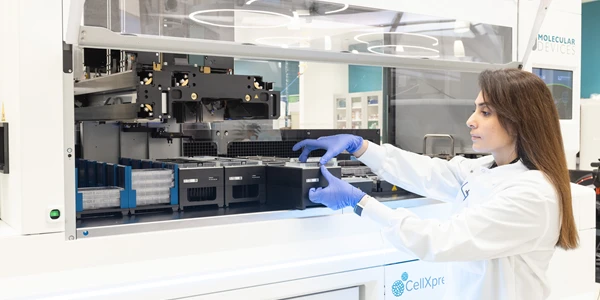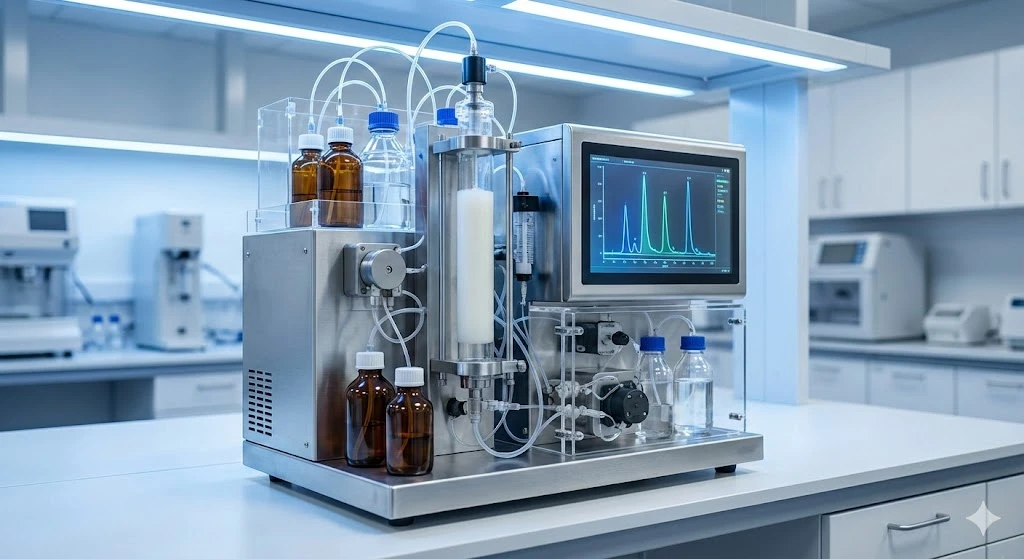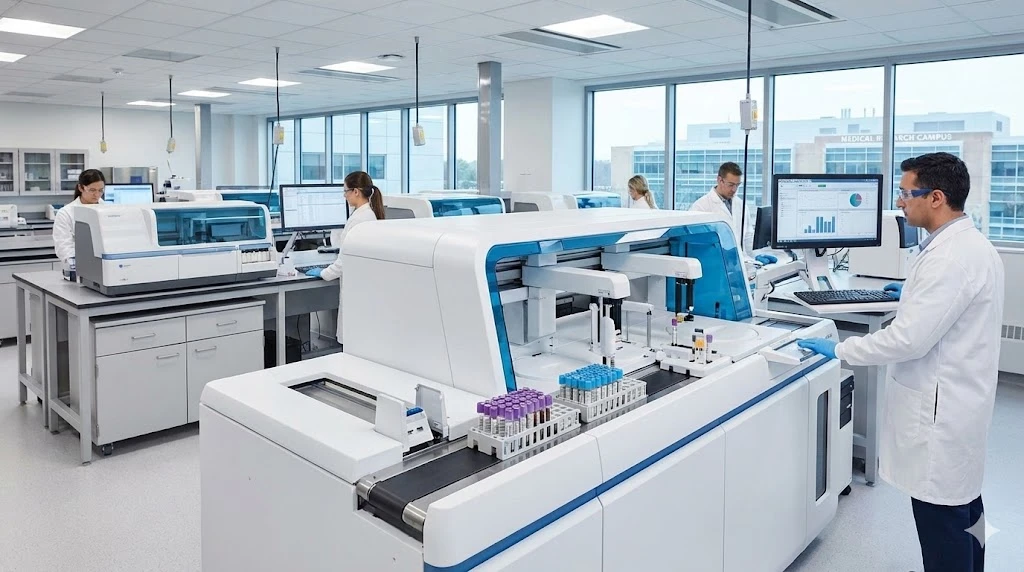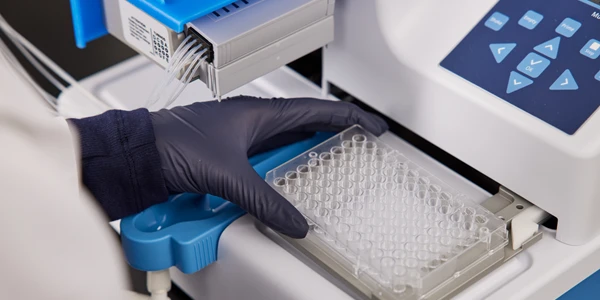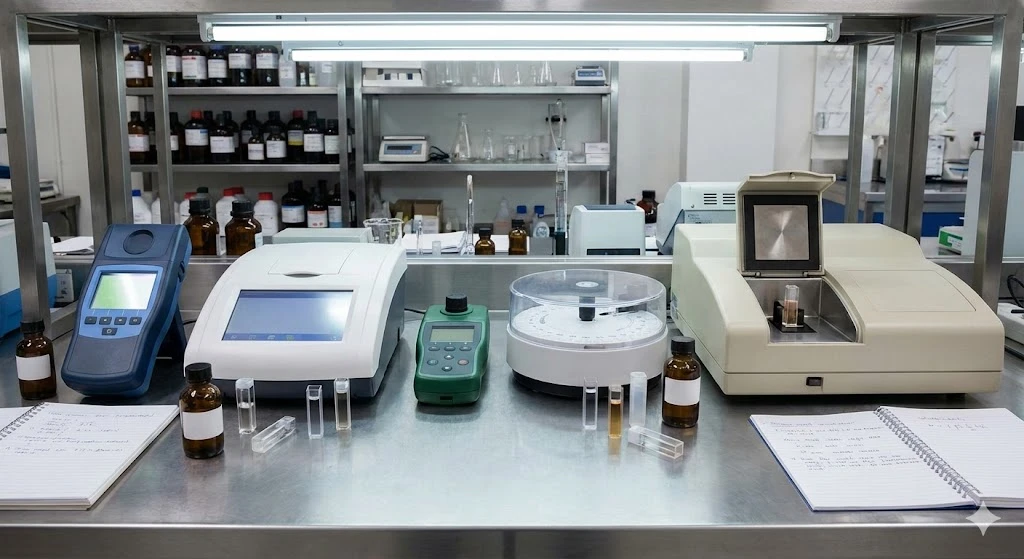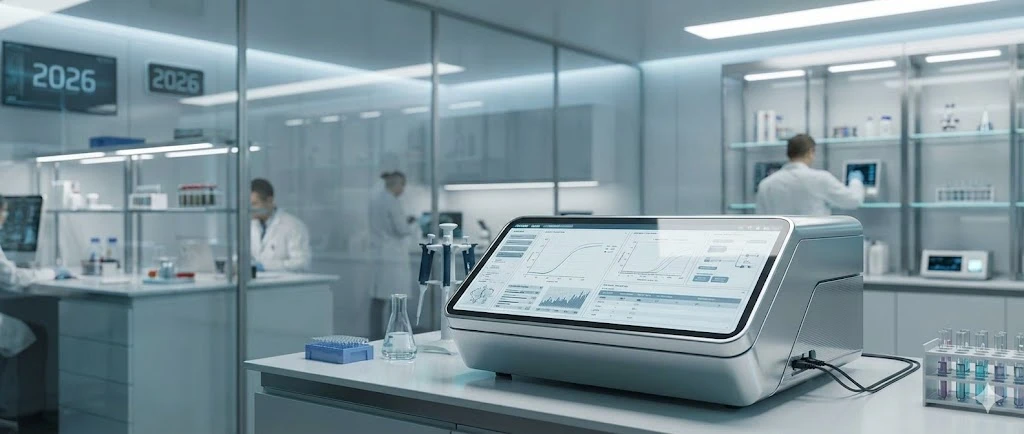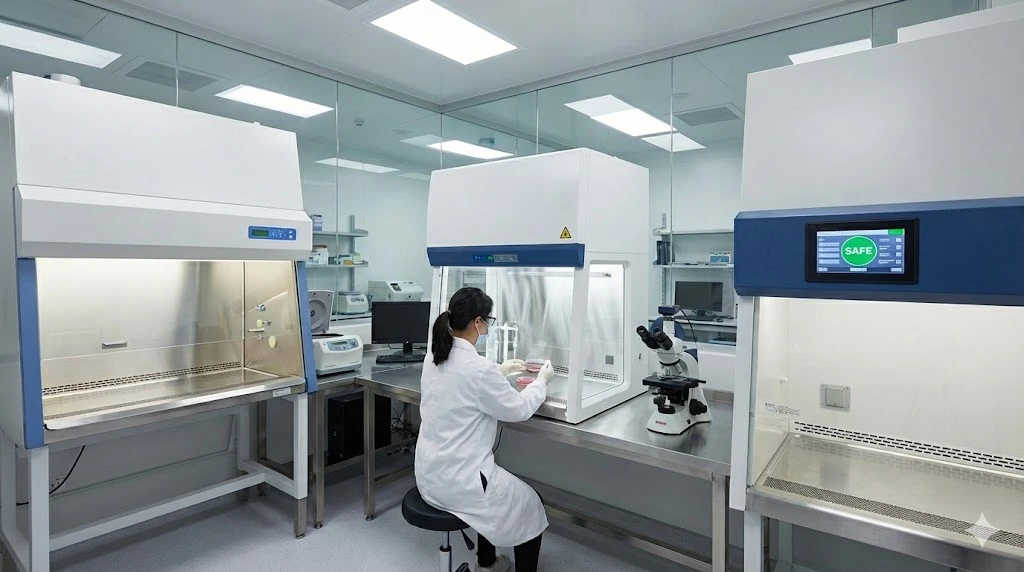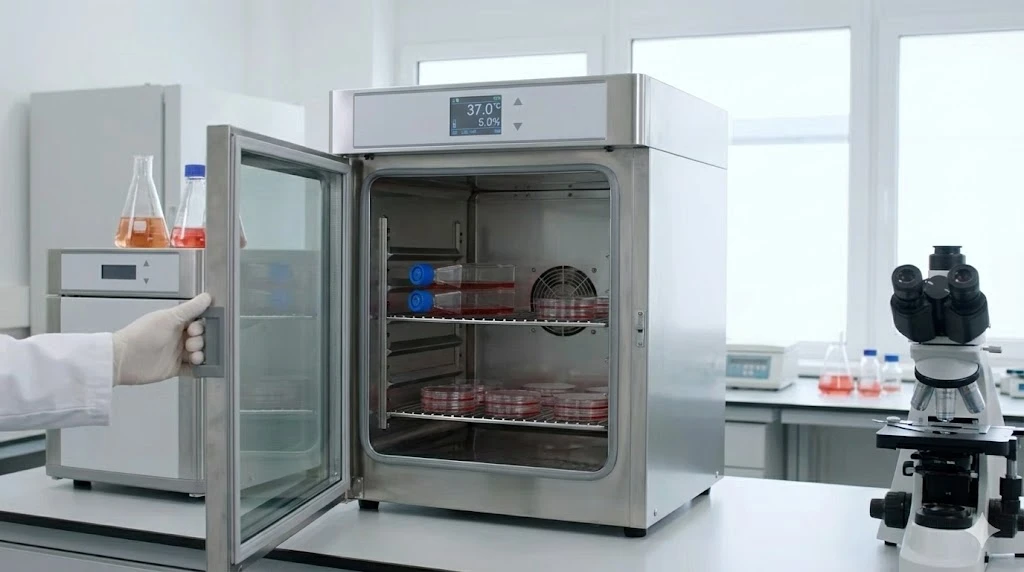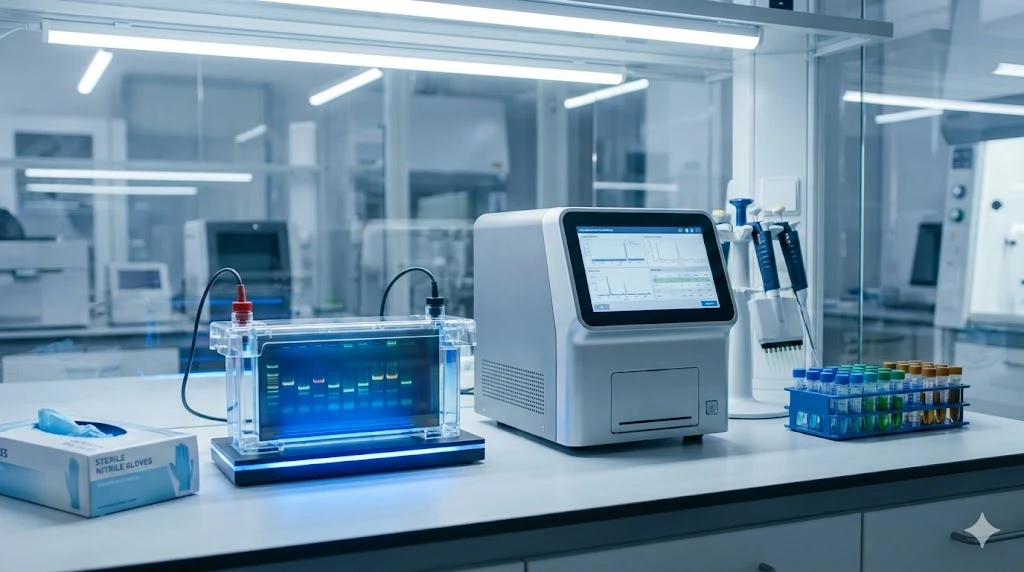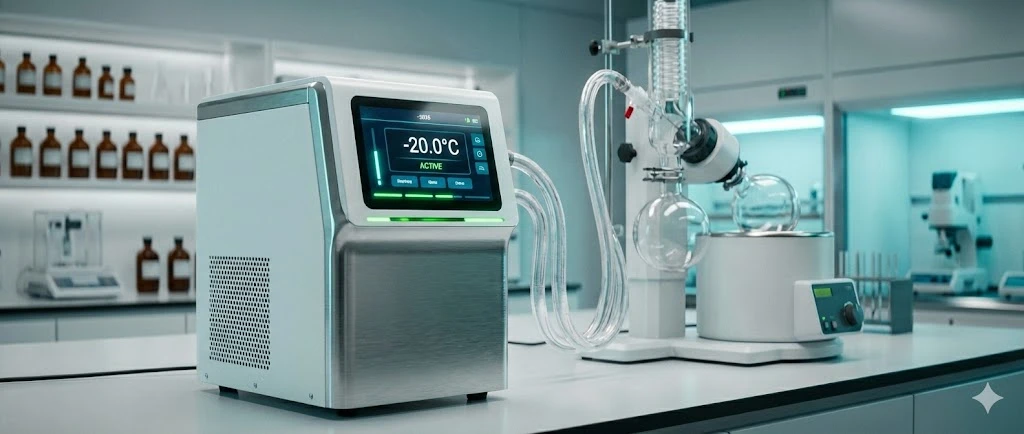X-Ray Fluorescence (XRF) for Elemental Composition and Quality Control in Battery and Renewable Energy Materials
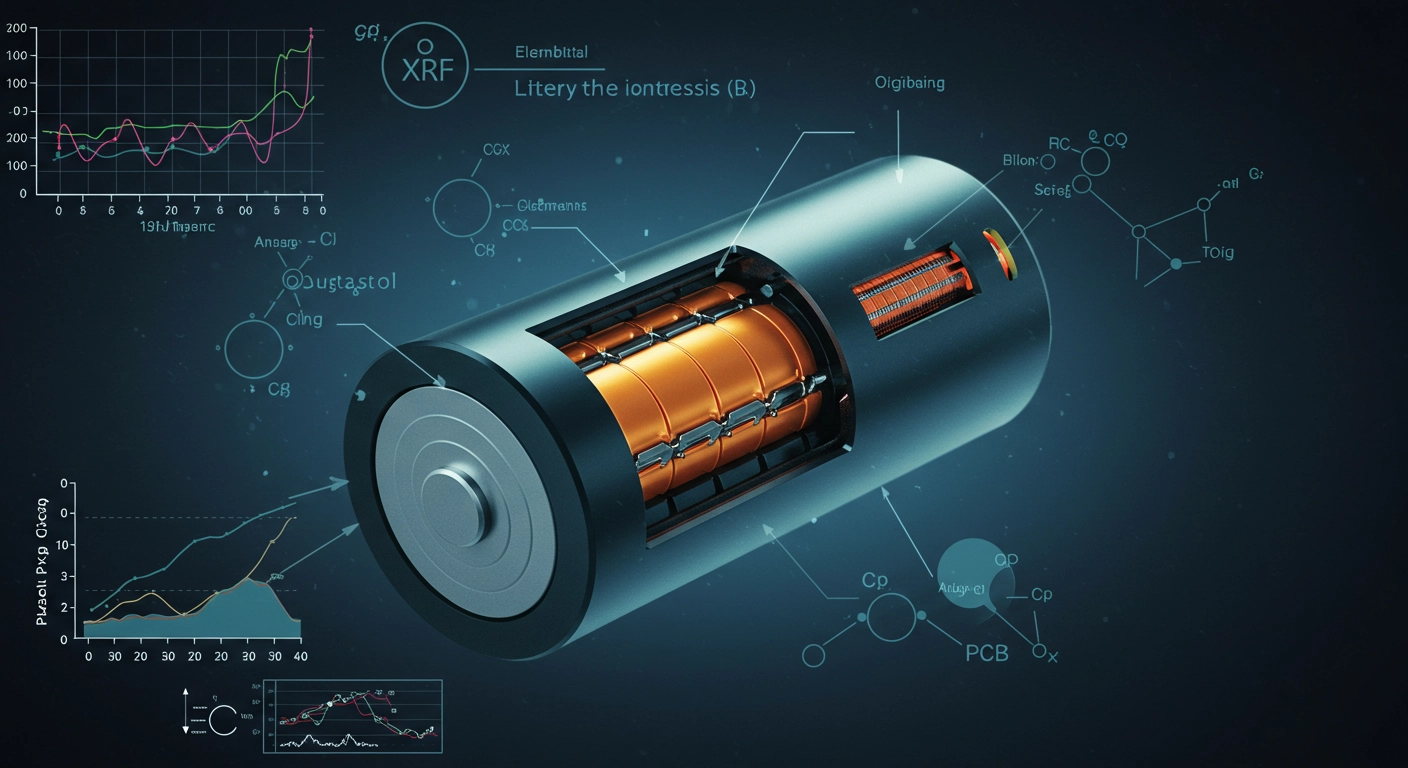
The rapid advancement of battery technology and renewable energy systems is foundational to building a sustainable future. Achieving higher energy density, extended cycle life, enhanced safety, and improved efficiency in these critical technologies relies heavily on the precise control of material composition. From the raw materials used in manufacturing to the final product, understanding the elemental composition and ensuring purity are paramount. This is where X-Ray Fluorescence (XRF) emerges as an indispensable analytical technique, offering rapid, non-destructive, and accurate insights into the elemental analysis of materials. used in energy storage and clean energy generation. X-Ray Fluorescence (XRF) is a non-destructive analytical technique used for elemental analysis of materials. It works by exciting a sample with primary X-rays, causing the atoms in the sample to emit secondary, characteristic X-rays (fluorescence). Each element emits X-rays at a unique energy, allowing for its identification. The intensity of the emitted X-rays is proportional to the concentration of the element in the sample, enabling quantitative analysis. The process involves: Primary X-ray Excitation: A high-energy X-ray beam (from an X-ray tube) is directed at the sample. Photoelectric Effect: When a primary X-ray photon strikes an atom in the sample, it can eject an electron from an inner shell (e.g., K or L shell). This creates a vacancy. Fluorescence Emission: An electron from a higher energy shell (outer shell) drops down to fill the vacancy in the inner shell. As it does so, it releases energy in the form of a characteristic X-ray photon. The energy of this photon is unique to the element and the specific electron transition. Detection and Analysis: A detector measures the energy and intensity of these emitted fluorescent X-rays. A spectrum is generated, showing peaks at specific energies corresponding to the elements present, and the height of the peaks indicates their concentrations. XRF can detect elements from sodium (Na) to uranium (U) on the periodic table, making it highly versatile for a wide range of applications. The performance, longevity, and safety of batteries and renewable energy components are directly tied to their precise elemental composition and the absence of harmful impurities. XRF provides critical information for: Incoming Material Inspection: Ensuring that raw materials (e.g., lithium salts, transition metal precursors, graphite, silicon) meet specified purity standards before they enter the manufacturing process. Contaminants can significantly degrade performance or introduce safety risks. Trace Element Detection: Identifying and quantifying trace elements that might act as catalysts for unwanted side reactions or degrade material stability. Cathode and Anode Composition: Precisely determining the ratios of active elements in cathode materials (ee.g., Li, Co, Ni, Mn in NMC; Fe, P in LFP) and anode materials (e.g., Si in silicon-based anodes). This is crucial for achieving desired electrochemical properties. Electrolyte Components: Analyzing the elemental composition of liquid or solid electrolytes to ensure correct formulation and detect any degradation products containing specific elements. Process Monitoring: Rapid, on-line or at-line XRF measurements allow for real-time monitoring of elemental composition during various manufacturing steps, such as coating processes for electrodes or synthesis of active materials. This helps maintain consistency and prevent costly errors. Batch-to-Batch Consistency: Ensuring that every batch of material has the same elemental fingerprint, which is vital for reproducible battery performance and reliability. Waste Stream Analysis: Monitoring waste products for valuable elements that can be recovered or for hazardous elements that require special disposal. Elemental Mapping: Using micro-XRF or mapping capabilities to visualize the distribution of elements within a degraded battery component, identifying areas of elemental segregation, depletion, or unexpected deposition. This can help pinpoint the root causes of capacity fade or internal short circuits. Contaminant Identification: Detecting external contaminants or internal migration of elements that contribute to battery failure. Layer Composition: Analyzing the elemental composition and thickness of various thin film layers in photovoltaic devices (e.g., CIGS, CdTe, perovskites). XRF can provide non-destructive depth profiling information for multi-layered structures. Doping Levels: Quantifying dopant concentrations in semiconductor layers, which are critical for solar cell efficiency. Non-destructive: The sample is not consumed or altered during analysis, allowing for further testing. Rapid Analysis: XRF measurements are typically fast, ranging from seconds to a few minutes. Minimal Sample Preparation: Many samples can be analyzed directly with little to no preparation. Wide Elemental Range: Capable of detecting elements from Na to U. Quantitative and Qualitative: Can identify elements and determine their concentrations. Versatile: Applicable to solids, liquids, powders, and thin films. X-Ray Fluorescence (XRF) is an indispensable analytical technique for the battery and renewable energy industries. Its ability to provide rapid, accurate, and non-destructive elemental analysis is crucial for: Ensuring the purity and quality of raw materials. Controlling the precise composition of active components. Monitoring manufacturing processes for consistency. Investigating degradation mechanisms and failures. By leveraging the power of XRF, researchers and manufacturers can gain the critical elemental insights needed to accelerate the development and production of the next generation of high-performance, safe, and sustainable energy technologies, ultimately powering a greener future.What is X-Ray Fluorescence (XRF)?
Why is XRF Crucial for Battery and Renewable Energy Materials?
1. Raw Material Verification and Purity Assessment
2. Compositional Analysis of Electrode and Electrolyte Materials
3. Quality Control Throughout Manufacturing
4. Degradation Analysis and Failure Investigation
5. Thin Film Analysis in Solar Cells
Advantages of XRF
Conclusion: Ensuring Excellence from Atoms to Applications
